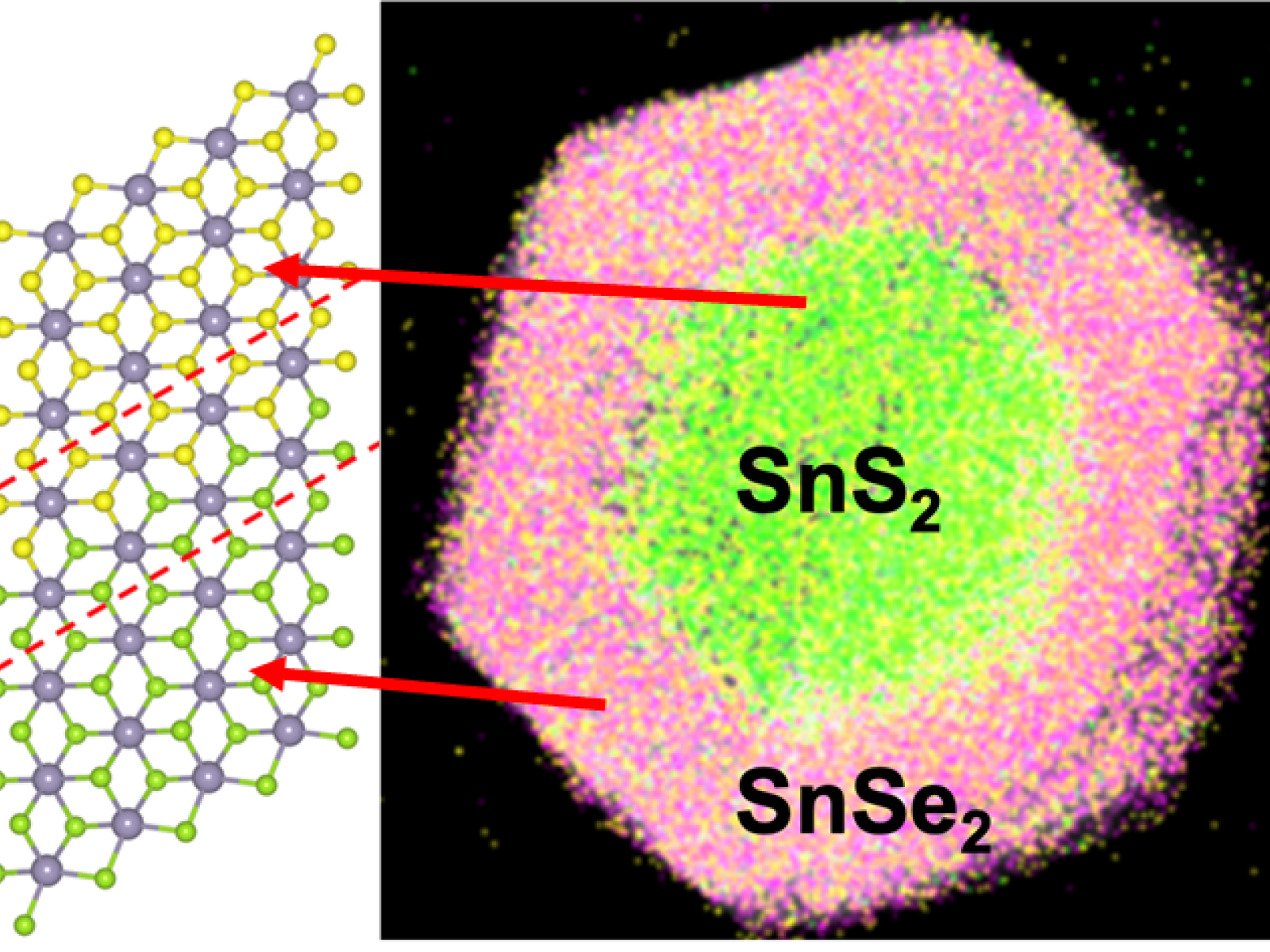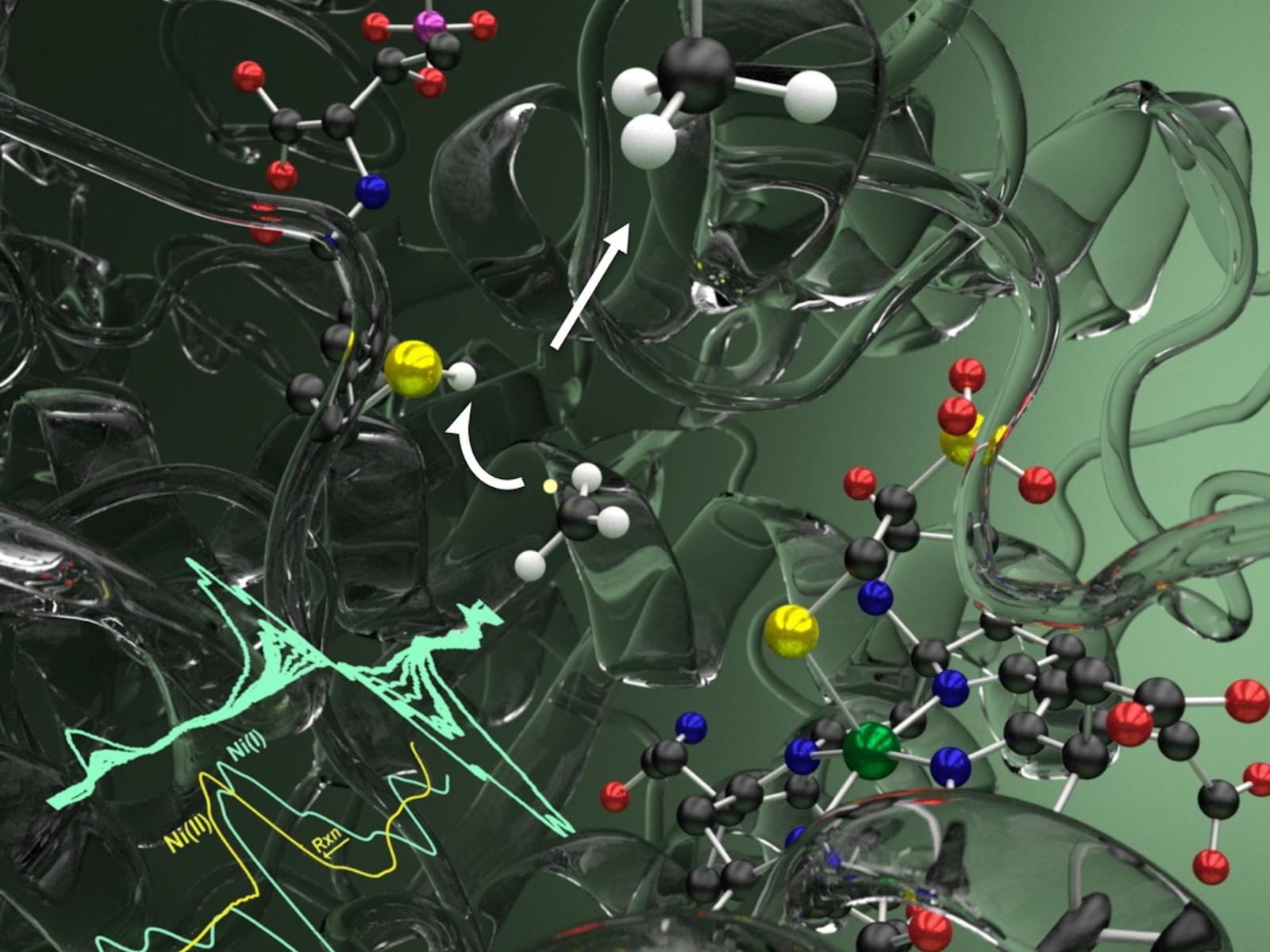2025-06-06 パシフィック・ノースウェスト国立研究所 (PNNL)
 A newly developed, generalized theory can improve scientific understanding of electrolyte solutions by considering short-range effects and their subtle interplay with long-range phenomena.
A newly developed, generalized theory can improve scientific understanding of electrolyte solutions by considering short-range effects and their subtle interplay with long-range phenomena.
(Image by Hadi Dinpajooh, Shawn Kathmann, Gregory Schenter, and Chris Mundy | Pacific Northwest National Laboratory)
<関連情報>
- https://www.pnnl.gov/publications/detecting-underscreening-generalized-kirkwood-transitions-aqueous-electrolytes
- https://pubs.aip.org/aip/jcp/article/161/23/230901/3325815/Beyond-the-Debye-Huckel-limit-Toward-a-general
- https://pubs.aip.org/aip/jcp/article/161/15/151102/3317555/Detecting-underscreening-and-generalized-Kirkwood
デバイ・ヒュッケル極限を超えて:濃厚電解質の一般理論を目指して Beyond the Debye–Hückel limit: Toward a general theory for concentrated electrolytes
Mohammadhasan Dinpajooh;Nadia N. Intan;Timothy T. Duignan;Elisa Biasin;John L. Fulton;Shawn M. Kathmann;Gregory K. Schenter;Christopher J. Mundy
The Journal of Chemical Physics Published:December 16 2024
DOI:https://doi.org/10.1063/5.0238708
The phenomenon of underscreening in concentrated electrolyte solutions leads to a larger decay length of the charge–charge correlation than the prediction of Debye–Hückel (DH) theory and has found a resurgence of both theoretical and experimental interest in the chemical physics community. To systematically understand and investigate this phenomenon in electrolytes requires a theory of concentrated electrolytes to describe charge–charge correlations beyond the DH theory. We review the theories of electrolytes that can transition from the DH limit to concentrations where charge correlations dominate, giving rise to underscreening and the associated Kirkwood Transitions (KTs). In this perspective, we provide a conceptual approach to a theoretical formulation of electrolyte solutions that exploits the competition between molecular-informed short-range (SR) and long-range interactions. We demonstrate that all deviations from the DH limit for real electrolyte solutions can be expressed through a single function ΣQ that can be determined both theoretically and numerically. Importantly, ΣQ can be directly related to the details of SR interactions and, therefore, can be used as a tool to understand how differences in representations of interaction can influence collective effects. The precise function form of ΣQ can be inferred through a Gaussian field theory of both the number and charge densities. The resulting formulation is validated by experiment and can accurately describe the collective phenomenon of screening in concentrated bulk electrolytes. Importantly, the Gaussian field theory predictions of the screening lengths appear to be less than ∼1 nm at concentrations above KTs.
水系電解質におけるアンダースクリーニングと一般化カークウッド転移の検出 Detecting underscreening and generalized Kirkwood transitions in aqueous electrolytes
Mohammadhasan Dinpajooh;Elisa Biasin;Emily T. Nienhuis;Sebastian T. Mergelsberg;Chris J. Benmore;Gregory K. Schenter;John L. Fulton;Shawn M. Kathmann;Christopher J. Mundy
The Journal of Chemical Physics Published:October 21 2024
DOI:https://doi.org/10.1063/5.0234518
We establish the connection between the measured small angle x-ray scattering signal and the charge–charge correlations underlying Kirkwood transitions (KTs) in 1:1, 2:1, and 3:1 aqueous electrolytes. These measurements allow us to obtain underscreening lengths for bulk electrolytes independently verified by theory and simulations. Furthermore, we generalize the concept of KTs beyond those theoretically predicted for 1:1 electrolytes, which involves the inverse screening length, a0, and the inverse periodicity length, Q0. Above the KTs, we find a universal scaling of a0∝c−ζ/3 and Q0 ∝ c1/3 for the studied electrolyte solutions, where ζ is the ionic strength factor.



